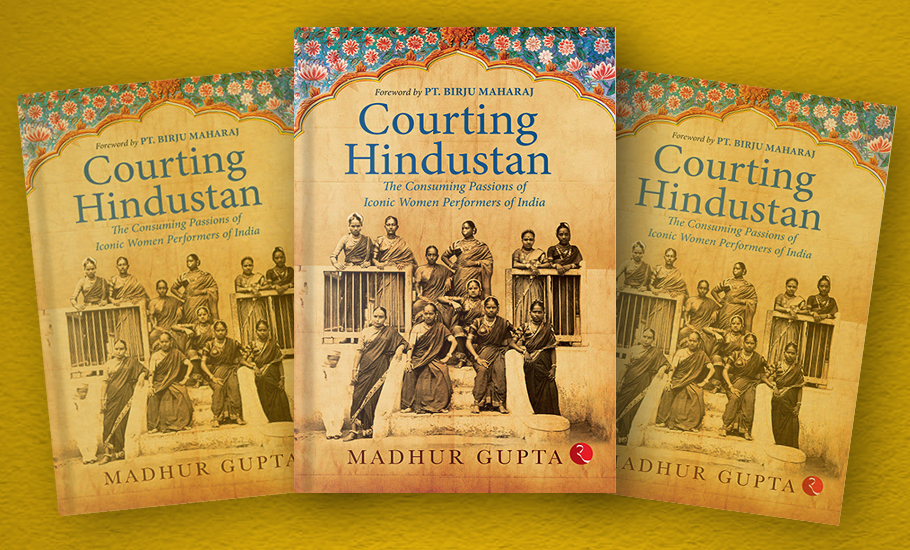
Courting Hindustan review: A glimpse into the lives of courtesans across ages

Colonization has had a profound, and pernicious, impact on communities worldwide. Colonisers infiltrated diverse societies under the pretext of ‘civilizing’ cultures different from their own while covertly pillaging their resources. In India, the imposition of Victorian morality resulted in the demonization and persecution of various cultural practices.
One of colonialism’s prime victims was the courtesan culture or tawaif culture, known by various names depending on geographical location and era. The negative imprint left by this colonial legacy on the Indian psyche is unmistakably reflected in its deteriorating portrayal in Bollywood and its cultural narrative over time.
In Courting Hindustan: The Consuming Passions of Iconic Women Performers of India (Rupa Publications), Madhur Gupta chronicles the stories of ten such courtesans, covering a large time span — from 600 BCE till 1984 AD. Exploring different facets of their lives, he unveils a multitude of dimensions that shaped these women, offering an impassioned exploration of their legacies.
Gupta, a professionally trained Odissi dancer, unveils the gradual transformation that rendered these women, who had once wielded personal agency in an era bereft of such freedom, as unjustly branded ‘immoral’ agents of societal decay. The book revisits and re-examines the past, bestowing upon the stories of these courtesans the sensitivity and dignity they so rightfully deserve.
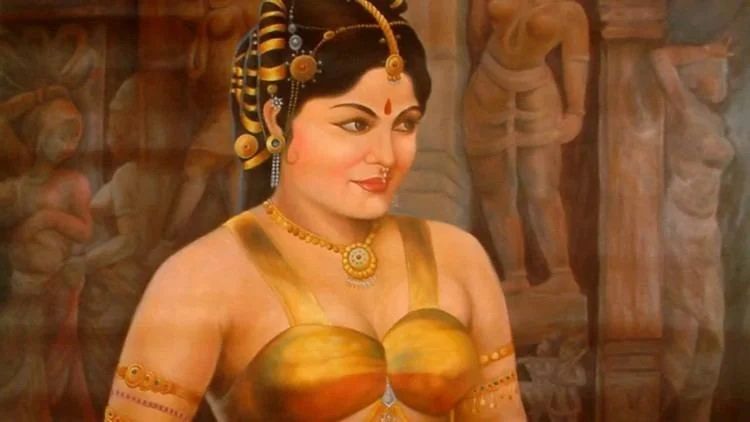
The ancient courtesan
One can always observe that the lives of these courtesans was difficult to begin with but they were all persistent women of their times and fought against unfavourable conditions. An abandoned infant found under a mango tree grew up to be Amrapali, the nagarvadhu of Vaishali.
Also read: ‘Vajpayee: The Ascent of the Hindu Right’ review: Moderate in wrong party or radical?
Born around 600-500 BCE, she was adopted by parents who were deeply associated with dancing but the father never wanted her to follow that path but as fate would have it, she learned it all just by observing them while they practised and gradually became famous in the whole kingdom.
So much so that the king Manudev declared her to be the nagarvadhu of his kingdom but showing immense courage and agency over herself, she declined, challenging the authority of the male dominated society. After a lot of discussions eventually she agreed but again on her own terms. Her story is that of power, grit, determination but also of love, loss and, in the end, finding peace.
The rebel courtesan
Another such example of showing exemplary agency over their being is that of Begum Hazrat Mahal, one of the acting wives to the last Nawab of Awadh, Wajid Ali Shah. A courtesan who was once auctioned by her own parents, she slowly climbed her way up but things changed rapidly when the Nawab got exiled to Calcutta but she decided to stay back and fight against the British.
She brought Hindus and Muslims together through her speeches and even fought on the battlefield alongside her fellow soldiers. She freed Lucknow but only for a brief period of time and then had to seek refuge in Nepal from where she was continuously requested to return by the British.
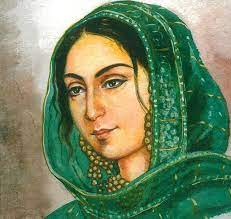
Showing immense resoluteness to one such request she famously said, “Do not tell me about such things, I am fully aware of what you have done with the children of Tipu Sultan and with Bahadur Shah Zafar until your type of people will prevail, Lakshmi Bai and Hazrat Mahal will take birth in this country.”
Also read: ‘Caste Pride’ review: Manoj Mitta illuminates caste’s legal odyssey in post-Independent India
At this point, it is equally important to mention that courtesans have a history of contributing to different causes and movements for a very long time. From donating from their riches to being a part of the Indian freedom struggle, they have done it all.
The lovestruck courtesan
A different aspect to their life, which is equally important to mention, is their quest to find love. In the 16th century, when the country was going through a political churning, Baz Bahadur, the Suri ruler of Malwa and Roopmati, a courtesan who was known for her beauty and her impeccable skills as a singer and poetess, fell deeply in love with each other. But because of his inability to administer effectively, Akbar was successful in expelling him from Malwa and he left without even warning Roopmati or any of his concubines.
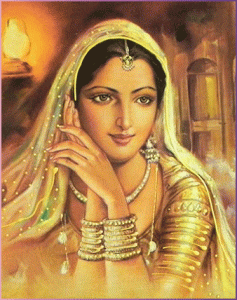
There are multiple versions of how Roopmati chose to end her life rather than allowing the enemy to claim her as their own but each of them have one thing in common, her love for Baz. Even when he left her, she pined for him saying, Tan main jeora rahat hai mangat hai sukh raj/Roopmati dukhya bhai bina Bahadur Baz. (There is an intense burning in her body/She wants her Sukh Raj [Baz]/Roopmati has gone destitute in pain/Without the brave Baz).
The gramophone girl
Life, invariably, isn’t just about happiness, love and peace, but also tragedies. The life of Gauhar Jaan, the daughter of an Armenian gentleman who was eventually divorced by her Indian mother, was one such tale.
Subsequently, the mother-daughter duo moved to Banaras where she got her initial training. Her mother, Malka Jaan, was also a courtesan and was an exceptionally gifted Kathak dancer and singer. She was able to find a place in the exiled Nawab of Awadh Wajid Ali Shah’s court in Bengal and buy her own house within a few years.
There, Gauhar Jaan was able to get trained under two founding members of the Patiala Gharana, Mian Kallu and Ustad Ali Baksh Khan, and was also able to learn varied forms of music from famous artists like Srijanbai and Charan Das. She soon became popular for her singing skills all around the country, but the advent of technology in the 20th century truly made her a sensation.
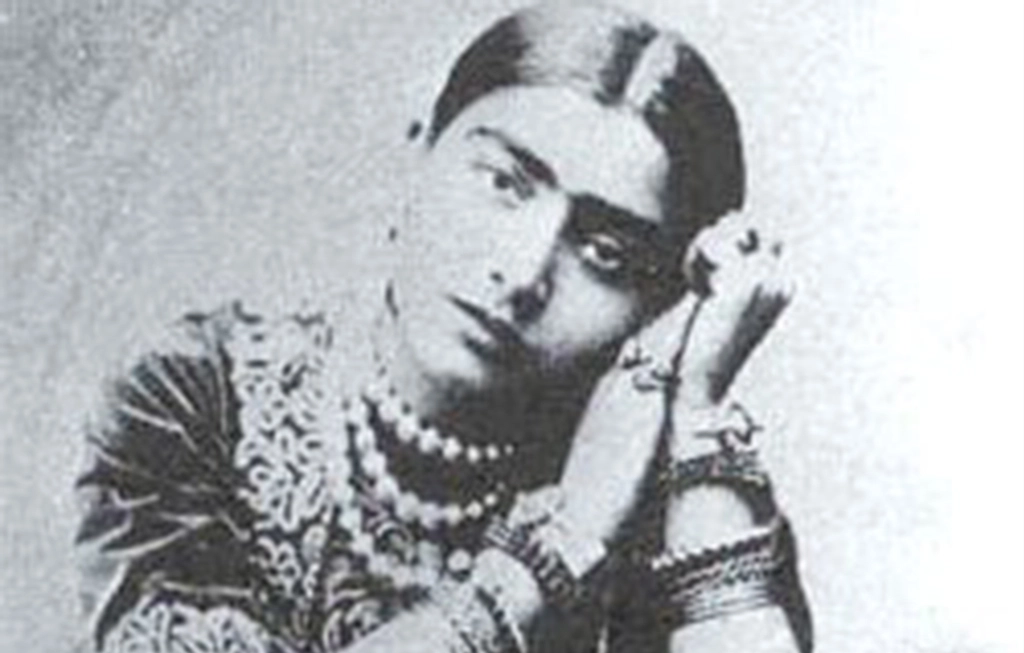
Gramophone entered into the market and the demand for recording Hindustani classical music was also prevalent, but because of certain superstition, many male artistes were quite apprehensive. Here, Gauhar Jaan took the lead and started recording but also in the process had to shorten the classical pieces under three minutes as that was the capacity of the records.
Also read: ‘The Future in the Past’ review: Romila Thapar’s quests to connect history with tomorrow
This move attracted a lot of criticism from the upper class traditional music circle and listeners, but moved past ahead as she went on to recording 600 songs in ten languages or so. Her luxurious lifestyle knew no bounds and that attracted a lot of negative glances. Several litigations emptied her coffers, but what truly broke her was the passing of her last husband. She passed away impoverished a few years later while being the court musician of Mysore.
The way culture evolves
These are only some segments from the illustrious lives of the courtesans who have been covered in this book. While they have been an inseparable part of Indian civilization and their stories have a unique feminist perspective, we also need to understand about their intersection with caste, class and other divisions that exist in our society.
In several parts of the country, they also had the responsibility to perform at temple functions for the deity while in some other cases the royal families used to send their progeny to these women to learn mannerism and culture, but in many cases they also were concubines to the same class of men. These realities existed simultaneously hence to paint them and the rich culture around it in a monotone would be a disservice to the art itself.
What is needed is a nuanced discussion around their lives and history rather than judgement and disdain, and I believe that this book joins the rich company of some of the most acclaimed works around the courtesan culture. It is successful in humanising them. It questions our prejudices against them and, in the process, urges us to relook at how culture evolves and changes with time.


